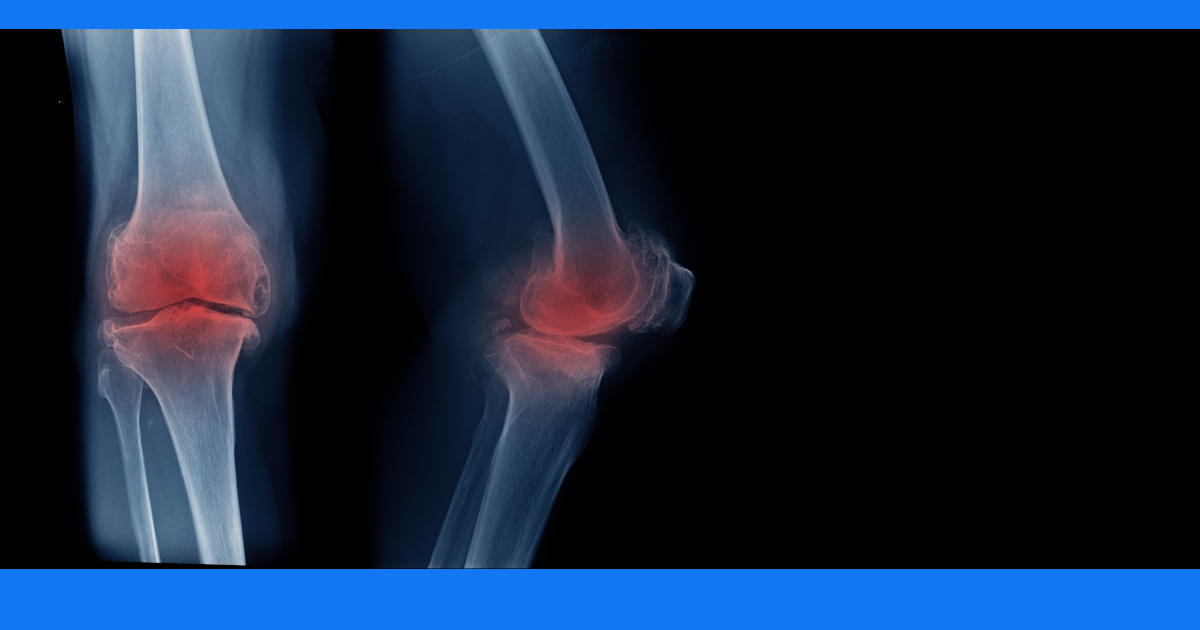Introduction:Exercise is essential for maintaining a healthy lifestyle, but for some individuals, joint pain can be a barrier to staying active. Whether you're a seasoned athlete or just starting your fitness journey, experiencing joint discomfort during workouts can be frustrating and demotivating. However, with the right strategies and precautions, you can minimize joint pain and continue enjoying the benefits of physical activity. In this blog post, we'll explore various tips and techniques to help you prevent and alleviate joint pain during exercise. Understanding Joint Pain:Before diving into the strategies to mitigate joint pain, it's important to understand its underlying causes. Joint pain can result from various factors, including overuse, improper form or technique, previous injuries, underlying medical conditions (such as arthritis), and inadequate warm-up or cool-down routines. By identifying the root cause of your joint pain, you can better tailor your approach to managing it effectively.
Tips to Limit Joint Pain During Workouts:Warm-Up Properly: Start your workout with a dynamic warm-up routine to prepare your muscles and joints for the upcoming activity. Incorporate movements that gently increase your heart rate and stimulate blood flow to the muscles, such as leg swings, arm circles, lunges, and light jogging. Warming up helps lubricate the joints and reduces the risk of injury. Learn how to strength train for beginners here Focus on Proper Technique: Pay close attention to your form and technique during exercises, especially those involving repetitive movements or heavy loads. Poor form can place excessive stress on your joints, leading to discomfort and potential injury. If you're unsure about the correct technique, consider working with a certified personal trainer who can provide guidance and feedback. Choose Joint-Friendly Exercises: Opt for low-impact exercises that are gentle on the joints, such as swimming, cycling, walking, yoga, and tai chi. These activities can help improve strength, flexibility, and cardiovascular health without putting undue strain on vulnerable joints. Additionally, consider incorporating resistance training exercises that target stabilizing muscles around the joints to provide added support and protection. Listen to Your Body: Pay attention to any signs of discomfort or pain during exercise, and don't ignore them. If you experience persistent joint pain, it's important to modify or stop the activity to prevent further injury. Pushing through the pain can exacerbate existing issues and prolong your recovery time. Be mindful of your body's limitations and adjust your workout intensity or duration accordingly.
Incorporate Rest and Recovery: Allow adequate time for rest and recovery between workouts to give your joints time to repair and regenerate. Overtraining can increase the risk of joint overuse injuries and exacerbate existing joint pain. Aim for a balanced workout routine that includes both active and passive recovery strategies, such as foam rolling, stretching, massage, and adequate sleep.
Learn how to build muscle and burn fat at the same time here Maintain a Healthy Weight: Excess body weight can place additional stress on your joints, particularly the weight-bearing ones like the knees, hips, and ankles. By maintaining a healthy weight through a balanced diet and regular exercise, you can reduce the strain on your joints and alleviate joint pain. Focus on consuming nutrient-dense foods that support joint health, such as those rich in omega-3 fatty acids, antioxidants, and vitamin D.
Stay Hydrated: Proper hydration is crucial for joint health, as it helps maintain the lubricating fluid within the joints and supports overall joint function. Drink an adequate amount of water before, during, and after exercise to stay hydrated and promote optimal joint lubrication. Avoid excessive consumption of sugary or caffeinated beverages, as they can contribute to dehydration and inflammation.
Conclusion: By implementing these tips and strategies, you can effectively minimize joint pain during exercise and continue pursuing your fitness goals with confidence. Remember to listen to your body, prioritize proper technique and form, and incorporate rest and recovery into your routine. If you experience persistent or severe joint pain, consult with a healthcare professional for further evaluation and personalized recommendations. With a proactive approach to joint health, you can enjoy the benefits of physical activity while reducing the risk of discomfort and injury. Do you need help Putting together a plan to help protect and strengthen your Joints?Schedule Your Complimentary Consultation
0 Comments
Leave a Reply. |
AuthorChad Derowitsch, MBA Archives
April 2024
Categories
All
|









 RSS Feed
RSS Feed

